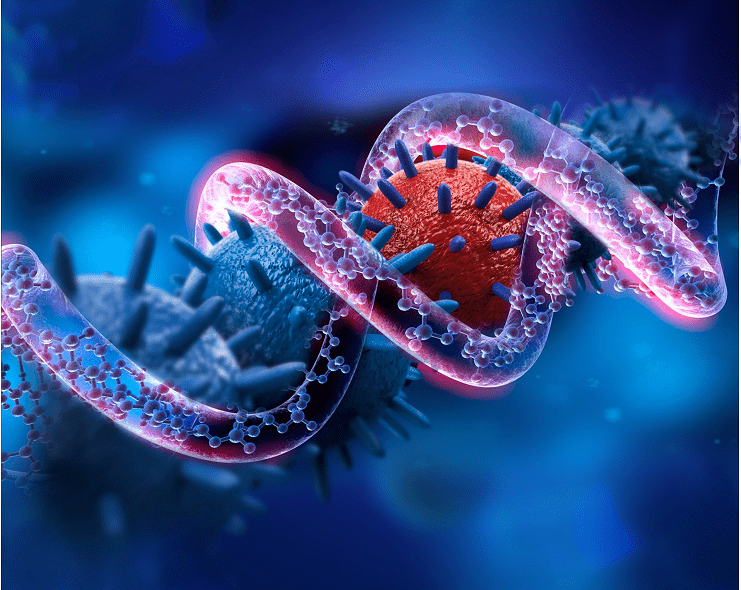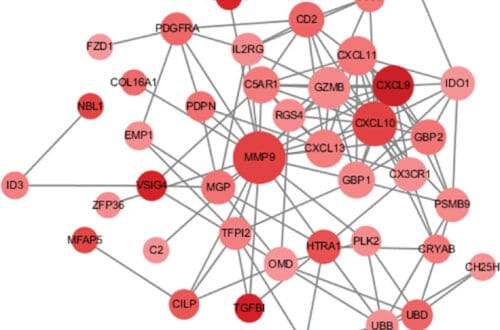
BIO Integration, Volume 3, Issue Number 3, Publishes
BIO Integration (BIOI) publishes volume 3, issue 3. BIOI is a peer-reviewed, open access, international journal, which is dedicated to spreading multidisciplinary views driving the advancement of modern medicine. Aimed at bridging the gap between the laboratory, clinic, and biotechnology industries, it offers a cross-disciplinary platform devoted to communicating advances in the biomedical research field and offering insights into different areas of life science, to encourage cooperation and exchange among scientists, clinical researchers, and health care providers.
The issue contains three research articles, a commentary, a brief report, and a news item offering insights into different areas of life science in both China and internationally:
Research Articles
The first original article is entitled A Phase I, Randomized, Single-Ascending-Dose, Multiple-Dose, and Food-Effect Trial of the Safety, Efficacy, and Pharmacokinetics of Topiroxostat in Healthy Chinese Participants. As the structure of the human diet changes, the prevalence of hyperuricemia is increasing. Hyperuricemia and its comorbidities, such as gout, severely affect quality of life. Moreover, hyperuricemia causes renal impairment and is associated with chronic kidney disease. Topiroxostat, a selective xanthine oxidoreductase inhibitor, has been approved to treat hyperuricemia or gout in Japan. Topiroxostat has shown good tolerance and efficacy in the Japanese population. However, its pharmacokinetic (PK) characteristics, efficacy, and safety in the Chinese population remains unknown.
The second original article in this issue is Enhancing the in vivo stability of polycation gene carriers by using PEGylated hyaluronic acid as a shielding system. To increase the in vivo stability of cationic gene carriers and avoid the adverse effects of their positive charge, the authors of this article synthesized a new shielding material by conjugating low molecular weight polyethylene glycol (PEG) to a hyaluronic acid (HA) core.
The third original article is entitled Effects of Injury Severity and Brain Temperature on KAT6A Expression after Traumatic Brain Injury in Rats. Traumatic brain injury (TBI) is associated with a range of neural changes. A comprehensive understanding of the injury-induced lysine acetyltransferase 6A (KAT6A) response, particularly the temporal profile of biochemical alterations, is crucial to design effective therapeutic interventions.
Commentary
A commentary article Glycan-RNA: a new class of non-coding RNA discusses how a new class of RNA functionalized with carbohydrates, which is present on cell surfaces have been identified.
Brief Report
A brief report entitled Screening of antibacterial activities of Bacillus spp. isolated from the Parangkusumo coastal sand dunes, Indonesia considers how the emergence of multidrug-resistant bacteria has become global health concern. New antibacterial compounds may be found in the Bacillus species, which are abundant in sand dune ecosystems. The authors of this article examined samples from the Parangkusumo coastal sand dunes in Indonesia.
News




